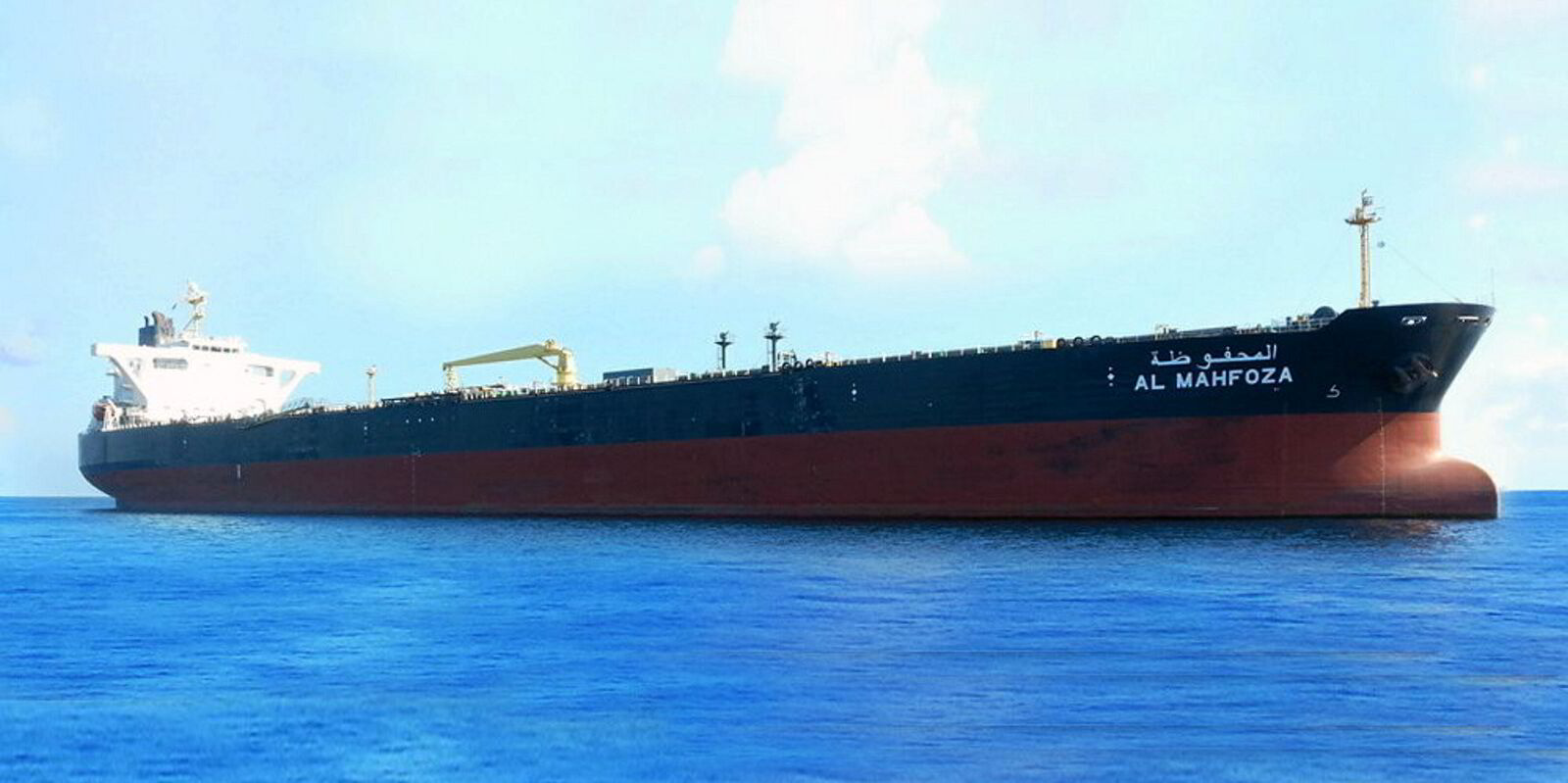Exports of crude from the Saudi port of Yanbu are surging as the kingdom uses pipeline volumes to avoid Houthi attacks on tankers.
Oil giant Saudi Aramco has lifted exports from the Red Sea port to 863,000 barrels per day so far this year, according to Kpler, a trade flow data firm.
That compares to just 572,000 bpd a year earlier.
Kpler data shows that 1.02m barrels per day of exports for October, the highest since April.
State-controlled Aramco is using the East-West Pipeline for the shipments, “allowing Saudi Arabia to avoid the Bab el-Mandeb Strait and reduce exposure to risks such as Houthi drone attacks”, Kpler said.
Tracking data from VesselsValue shows that eight tankers have called at the Yanbu Oil Terminal in October. All the vessels were operated by Saudi shipowners — either Bihar International or Bahri.
Half of the vessels are VLCCs and half were aframax crude tankers or LR2s, which are product tankers of the same size.
Yanbu is also the site of a major refinery.
Also known as Petroline, the 1,200-km pipeline was initially set up during the Iran-Iraq war in the 1980s to get around another checkpoint: the Strait of Hormuz.
It was later converted into a natural gas pipeline before Saudi Arabia repurposed it again to move crude to provide flexibility in case Middle East tensions cut off the Gulf.
Yanbu is not entirely beyond the reach of the Iranian-backed Houthis. The Yemen-based militant group attacked the pipeline in 2019, taking it out of service temporarily.
With throughput capacity of 5m bpd, the pipeline still has ample capacity to serve as an outlet for Saudi oil should the Strait of Hormuz become cut off.
The United Arab Emirates’ Habshan-Fujairah oil pipeline, also built as a Hormuz alternative, has also seen its shipments increase.
Kpler said it has already moved 1.07m bpd this year, up from 813,000 bpd in all of last year.
The pipeline has a total capacity of 1.5m bpd.
Read more
- Maersk-chartered Costamare ship sails towards Dubai with no sign of claimed Houthi attack
- US takes another swipe at Houthi financier with sanctions against new swathe of ships
- Video: Houthi footage shows sea drone attack on Ultrapetrol tanker in Red Sea
- US says it is disrupting and degrading Houthi threat. ‘We’re going to keep after it’
- Think tanks weigh in on Houthi menace: Current military strategies won’t stop attacks





